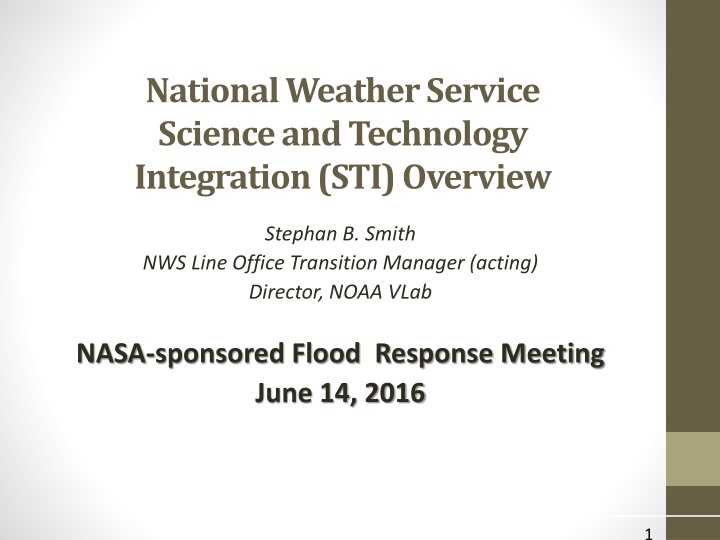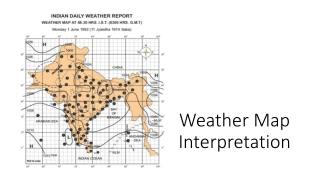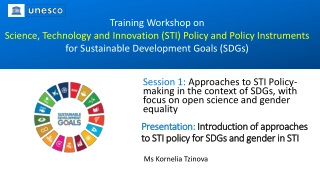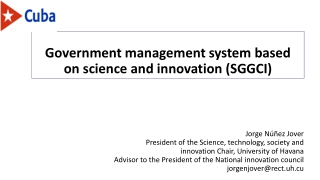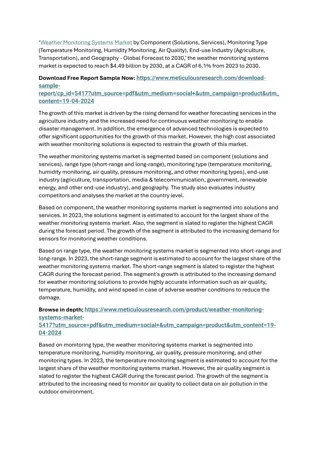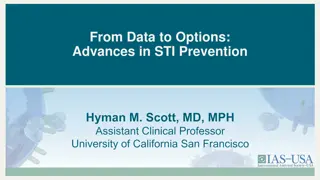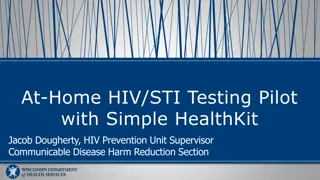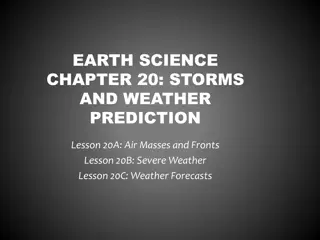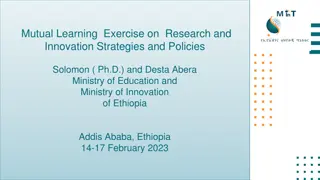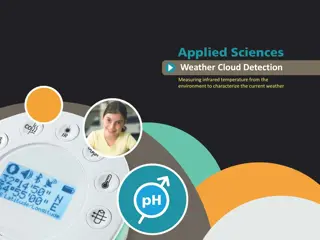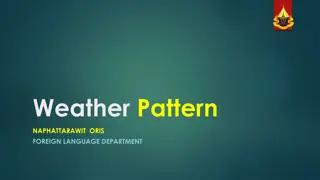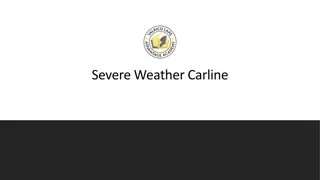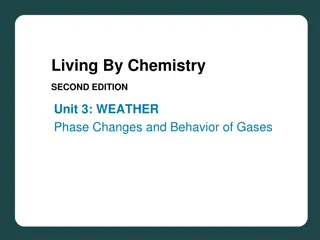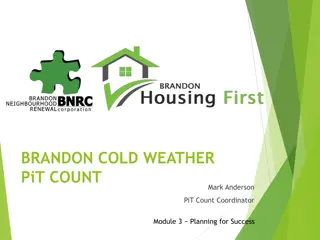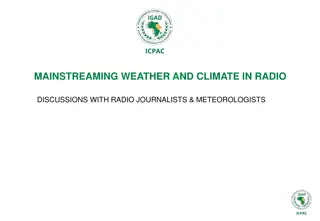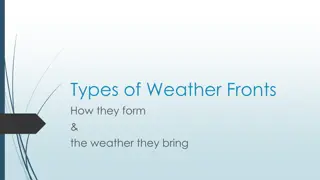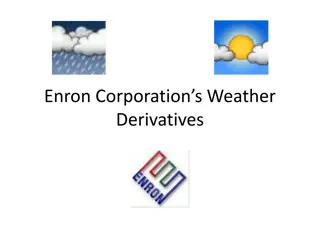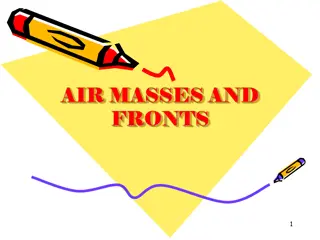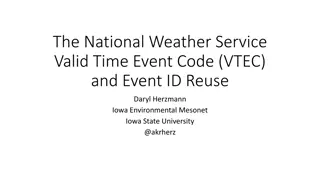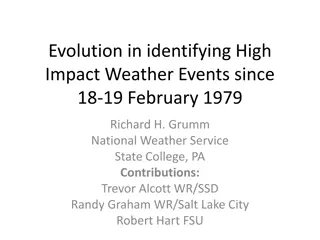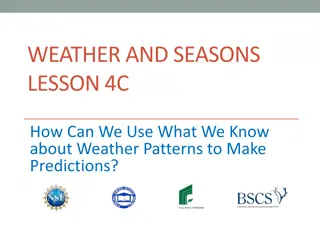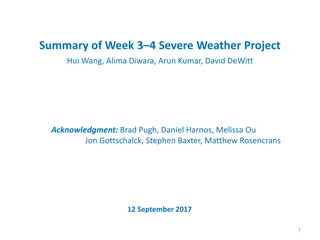National Weather Service Science and Technology Integration (STI) Overview
In this document, Stephan B. Smith, the NWS Line Office Transition Manager, discusses the Science and Technology Integration at the National Weather Service. The overview includes details from a NASA-sponsored Flood Response Meeting held on June 14, 2016.
Uploaded on Mar 05, 2025 | 1 Views
Download Presentation

Please find below an Image/Link to download the presentation.
The content on the website is provided AS IS for your information and personal use only. It may not be sold, licensed, or shared on other websites without obtaining consent from the author.If you encounter any issues during the download, it is possible that the publisher has removed the file from their server.
You are allowed to download the files provided on this website for personal or commercial use, subject to the condition that they are used lawfully. All files are the property of their respective owners.
The content on the website is provided AS IS for your information and personal use only. It may not be sold, licensed, or shared on other websites without obtaining consent from the author.
E N D
Presentation Transcript
National Weather Service Science and Technology Integration (STI) Overview Stephan B. Smith NWS Line Office Transition Manager (acting) Director, NOAA VLab NASA-sponsored Flood Response Meeting June 14, 2016 1
Objective: Coordinate, Integrate, and Manage Field Driven R2O Improve effectiveness of field R2O through central coordination and resource management (NAPA) Scope Transition and enhance operational models Integrate research advancements, improved model guidance, and DSS tools into field operations Social science integration and training development Support targeted collaborative applied R&D (e.g., CSTAR) 2
Key Considerations to STI Funding Decision Process 1) Coordinated Solution(s) Systematic approaches to avoid Random Walk , redundancy, 2) Scientific/Technical alignment Sound Scientific Basis? Aligned to overall technical approaches? 3) Must have a Viable Transition Path e.g., who/how to operate, CONOPS, O&M tail 4) Resource Dependencies e.g., WCOSS, IDP, AWIPS/SBN, observing system/data, Training Resource commitment from relevant Portfolios? (AOP process) 5) Executable (e.g., who, how, cost, schedule) A vetted project plan (timeline, deliverable, risks, ) 3
NOAA R2X Framework Projects move through four life- cycle phases on their way to (and including) deployment (i.e. implementation). DEPLOYMENT RL 9 These four phases can be aligned with standard Readiness Level (RL) maturity index DEMONSTRATION RLs 5-8 Applications can be of three different types: Operations, Commercial applications, or Other uses DEVELOPMENT RLs 3-4 The four phases (and underlying RLs) may have variants (with more specific definitions), based on type of application, or domain of R&D RESEARCH RLs 1-2 4
R2X Defined The transition of R&D to: R2O: The transition to OPERATIONS (to NOAA operations or to the operations of external partners and agencies) R2C: The transition to COMMERCIAL applications (via patents, licenses, CRADAs) R2U: The transition to OTHER USES (e.g. policy and regulations, resource management, public education and outreach) 5
Other Other Federal Federal R&D R&D CSTAR CSTAR UCAR UCAR Other Other Line Line Offices Offices RL 3 MDL MDL NCAR NCAR NWS NWS Field Field NCEP NCEP NWC NWC NOAA NOAA Testbeds Testbeds OPG OPG RL 8 NWS NWS RL 9 Operational Operational Units Units The Big Picture
